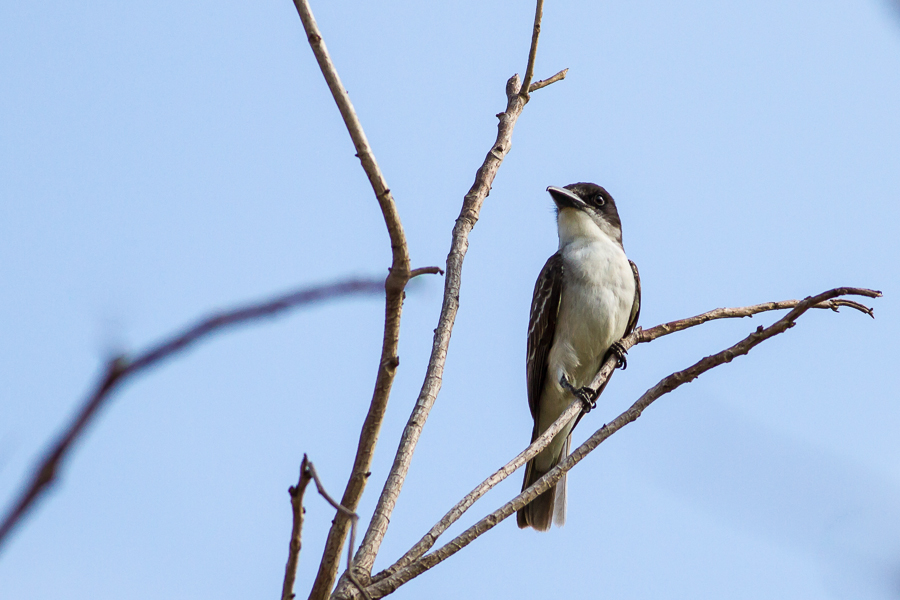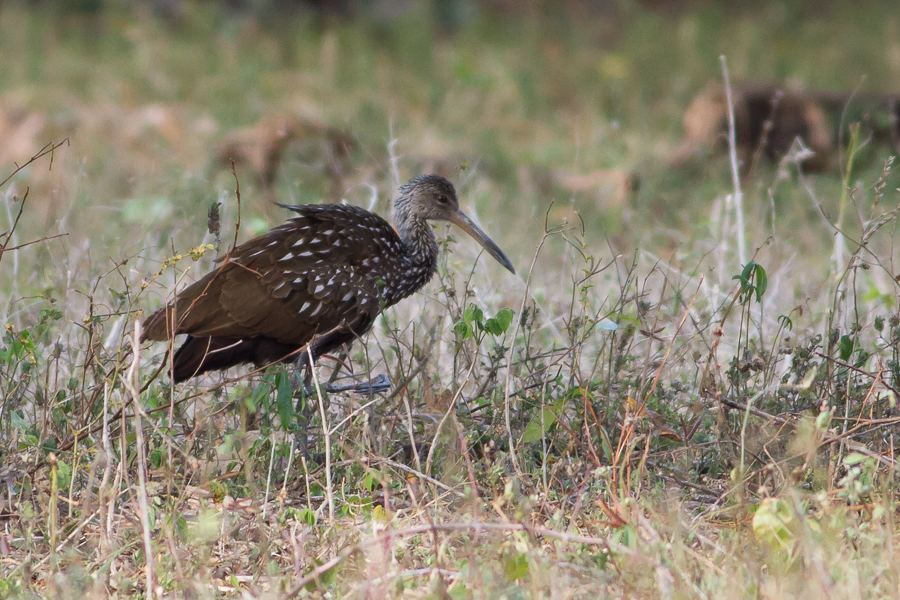Cuba Day 7 Camaguey and #834-836 at Sierra del Chorillo
Day 7, Tuesday. More traveling today. We drive on to Camaguey, arriving around lunch time. Lunch is good. As usual, I buy a 10 CUC CD from the house band. Then we check into the hotel and unpack. We have some siesta time, so I explore the city on foot. I prefer birding, but it’s also nice to have free time to just wander around a strange country. Our hotel is on the edge of the “tourist” zone, such as it is. However neither Cuba nor Camaguey is so big that you can’t easily walk from there to the more normal areas of the city. Once again I really wish I spoke Spanish. There’s only so much you can learn from just watching people. In Camaguey I see the first “Internet cafe” I’ve seen all trip. They have a few old model PCs in large space. I’m tempted to check my email, but it doesn’t feel at all secure.
We leave around 3:30 for Sierra del Chorillo where we arrive an hour and a half later. There’s been some confusion. Apparently another group showed up earlier in the day and the local guide we arranged thought they were us, showed them around, and then went home. However eventually someone else is found, and we get down to some serious birding.
First bird we get almost as soon as we leave the bus is #834 Giant Kingbird. Good, I was worried I’d missed that one. It’s not immediately obvious why it’s a Giant Kingbird instead of any of several other species of flycatchers around here, but apparently the bill is bigger, which I can sort of see. There aren’t as many flycatchers to sort out in Cuba as in Central America, but they’re still a damned tricky family to differentiate.

We get some Plain Pigeons, but they’re specks in the distance I barely see. I think I see some closer, but I later realize those were Guinea Fowl.
Next up is a big surprise, Limpkin, #835, which I spot and ID on my own. As you can see these are much more distinctive than flycatchers:

The surprise is to find it here on a cattle ranch. They’re usually wetlands birds, but we later learn that the ranch has wetlands during the rainy season and Limpkins continue to hang out here and hunt snakes during the dry season.
Finally we get some endemic Palm Crows, #836, amidst a mass of much more common Cuban Crows. Like most crows it’s only really differentiable by voice; but the voice difference is more than distinctive enough.
After only an hour and a half of actual birding we race back to the hotel, since dinner closes at 9:00. We got some good birds here, but in two days we’ve only really birded for 90 minutes. That is not good.
Dinner is plausible: a buffet of pork and beef and salad and rice. Orange ice cream for dessert with chocolate sauce on bottom and an undied maraschino cherry on top. It’s sort of a sickly brown color. Maybe red dye #5 is something the Cubans can’t get due to the embargo? No great loss if so. It tastes fine.
